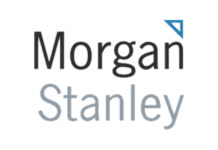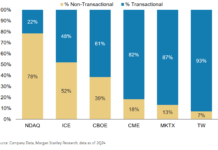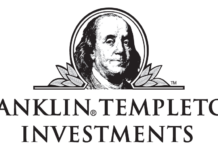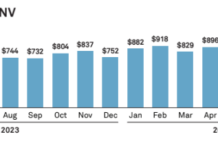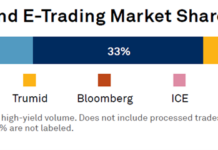US Treasuries had their first trillion-dollar month in August thanks to a surprise rate hike from the Bank of Japan and ongoing fiscal uncertainty in the US. And while e-trading in US corporate bonds was 44% of notional volume, flat YoY, it was 33% higher in terms of absolute notional volume. The data is drawn from Coalition Greenwich’s Data Spotlight — US Rates Trading and US Credit Trading.
Rates
The US treasury market recorded its first month with an average daily notional volume (ADNV) of more than US$1 trillion, 37% higher than August 2023.
CME US Treasury futures contract volumes also grew 37% year-over-year, and SOFR futures volumes were up 40% YoY.

Electronic trading volume was up 32% YoY on an absolute basis, although down 2% on a relative basis from last August.
The buy-side traded directly with dealers via phone and chat more than in previous months, driving dealer-to-client e-trading volumes down 8% compared to August 2023.
The dealer-to-dealer market picked up the e-trading slack in August, as new methods of trading continue to show signs of growth.
Kevin McPartland, head of research for market structure and technology at Coalition Greenwich, said, “We view this step-down as an outlier, rather than a trend, as August (and December) frequently exhibit unusual patterns, and the 60% in August is in line with the 2024 YTD average of 61.5%.”
CME BrokerTec (whose volume in August was the best since October 2022) remains the market share leader with Fenics UST (who had record volumes in August) second. CLOB volumes accounted for 18% of the ADNV in August, flat from the previous month and down from 20% last August.
Primary dealers increased US Treasury holdings by 4% month over month and 81% YoY.
“Just as for retail investors, Treasuries are a good place to be right now as the risk-free rate remains historically high, while expectation of Fed rate cuts means the value of already issued debt will rise,” McPartland added.
Credit
Electronic corporate bond trading in the United States accounted for 44% of notional volume, flat YoY. But when measured by absolute notional volume traded electronically, the US$20 billion per day traded on screen in August 2024 was 33% higher than August of 2023.
“It is difficult to definitively say whether the active market is driving e-trading growth or the ability to trade electronically is allowing market participants to be more active. Both are likely true,” McPartland said.

In August, market share by trading venue changed relatively little since the start of the year even as total market volumes increased.
“This suggests the platforms we track are maintaining their respective positions via their core strengths, as clients continue to get comfortable working across multiple platforms and protocols to get their orders executed,” McPartland noted.
Both portfolio trading and session-based trading showed the most growth YoY. Portfolio trading accounted for 14.6% of the e-traded market in August (and 9% of all market volume), up from 12% in August 2023, while trading via pricing streams (aka click-to-engage) grew from 5.5% to 6.5% in the same period.
Execution via central limit order book dropped from 10.1% to 8%, and disclosed RFQ — still the most heavily used protocol—dropped from 47.3% to 45.7%.
“While none of these changes are huge in absolute terms, they do give some hints as to where the market is headed,” McPartland said.
The credit ETF market was more active in August. High-yield ETF activity by notional volume equated to 44% of high-yield bond market volume in August, and investment-grade ETFs 12%.
Combined credit ETF volume was the equivalent of 19% of bond market volume, up from just under 16% in July and hitting the highest level since December. “The growth in electronic portfolio trading and ETF activity is not a coincidence. One needs the other to thrive,” McPartland noted.
Dealer net positions in Q3 2024 are set to be at their highest Q3 level since before the pandemic at just below US$11 billion.
